A recently published study has challenged existing perceptions about the last days of the dinosaurs. Researchers writing in the academic journal “Science” propose that there were thriving dinosaur-dominated communities and extensive provinciality at the end of the Cretaceous. Previously, it had been suggested that the non-avian dinosaurs were in decline immediately prior to the end-Cretaceous mass extinction event. Indeed, the extra-terrestrial bolide impact in the Yucatan peninsula of Mexico was essentially the coup de grâce for the dinosaurs. However, this study focused on the Upper Cretaceous Naashoibito Member paints a very different picture proposing that dinosaurs were diverse and partitioned into regionally distinct assemblages during the final few hundred thousand years before the mass extinction event.
Picture credit: Natalia Jagielska
The Naashoibito Member
This study focuses on the Naashoibito Member in the De-Na-Zin Wilderness Area (New Mexico). The strata studied has been dated to 66.4 to 66 million years ago (late Maastrichtian faunal stage). It was conducted by researchers from New Mexico State University, Baylor University, New Mexico Tech, the University of Edinburgh in collaboration with other international colleagues.
Picture credit: Baylor University media release
For many years, most data on end-Cretaceous dinosaur faunas came from North America. These sites, especially those in the Hell Creek region, shaped the debate over whether dinosaurs faded away gradually or were wiped out suddenly. For example, the Hell Creek Formation reveals an ecosystem dominated by Triceratops and Edmontosaurus with relatively few other megaherbivores. Researchers lacked data from contemporaneous ecosystems further south. Research into the dinosaur biota of the Naashoibito Member helps fill that gap.
The team used magnetic field reversals and geochemical dating to establish the age of the rocks. Earth’s magnetic field flips between normal and reversed states through geological time. These reversals are global and well dated, so they can act as geological timestamps. By measuring the magnetic signatures preserved in the rocks, and by analysing crystals within the associated sandstones, the researchers determined that the Naashoibito Member dates to between 66.4 and 66.0 million years ago. These dinosaurs lived at the same time as the famous Hell Creek species such as Triceratops and Edmontosaurus.
A Different Dinosaur Community
The New Mexico dinosaur community revealed by the highly fossiliferous Naashoibito Member is very different. Hell Creek and other northern Upper Cretaceous strata might be dominated by hadrosaurs and ceratopsians, but the researchers discovered that the largest herbivore in New Mexico at the end of the Age of Dinosaurs was the giant titanosaur Alamosaurus. Alamosaurus sanjuanensis is thought to be one of the biggest terrestrial land animals known to science. It may have reached a length in excess of thirty metres. Its presence shows that colossal sauropods still flourished during the Late Cretaceous.

An illustration of the giant titanosaur from New Mexico Alamosaurus sanjuanensis. This is the superb PNSO Samuel the Alamosaurus dinosaur model roaming the landscape that today is represented by deposits associated with the Naashoibito Member of the De-Na-Zin Wilderness Area.
The image above shows an illustration of the PNSO Alamosaurus dinosaur model.
To view the range of PNSO models and figures in stock: PNSO Prehistoric Animal Figures and Models.
This research demonstrates that other dinosaurs in southern Laramidia were not relics from an earlier time. They were contemporaries of many northern species. There is no evidence of a terminal decline within the Dinosauria. Instead, each region had its own unique fauna and distinct communities. Geography and climate shaped these communities and the Dinosauria were highly diverse across Laramidia.
Picture credit: Baylor University media release
These patterns continued into the Palaeogene Epoch. For example, even after the mass extinction event, surviving mammals in the north and south still formed distinct communities. This differs from other mass extinctions, which often produced more uniform faunas. Therefore, the extra-terrestrial impact did not erase regional differences immediately.
The Implications for this Research into the Palaeo-fauna of the Naashoibito Member
For palaeontologists, the implications of this research go far beyond New Mexico. It demonstrates that the Dinosauria was not declining sixty-six million years ago. The researchers postulate that diverse, healthy, regionally different dinosaur-dominated ecosystems survived until the bolide struck the Yucatán Peninsula. That impact triggered environmental devastation leading to the extinction of around seventy-five percent of life on Earth, including the non-avian dinosaurs.
Picture credit: Baylor University media release
The Naashoibito Member is emerging as one of the most significant and important Upper Cretaceous exposures in the world. It provides a rare and essential snapshot of the last chapter in the history of the non-avian dinosaurs.
Everything Dinosaur acknowledges the assistance of a media release from the University of Edinburgh in the compilation of this article.
The scientific paper: “Late-surviving New Mexican dinosaurs illuminate high end-Cretaceous diversity and provinciality” by Andrew G. Flynn, Stephen L. Brusatte, Alfio Alessandro Chiarenza, Jorge García-Girón, Adam J. Davis, C. Will Fenley IV, Caitlin E. Leslie, Ross Secord, Sarah Shelley, Anne Weil, Matthew T. Heizler, Thomas E. Williamson and Daniel J. Peppe published in the journal Science.
The multi-award-winning Everything Dinosaur website: Prehistoric Animal Models and Figures.


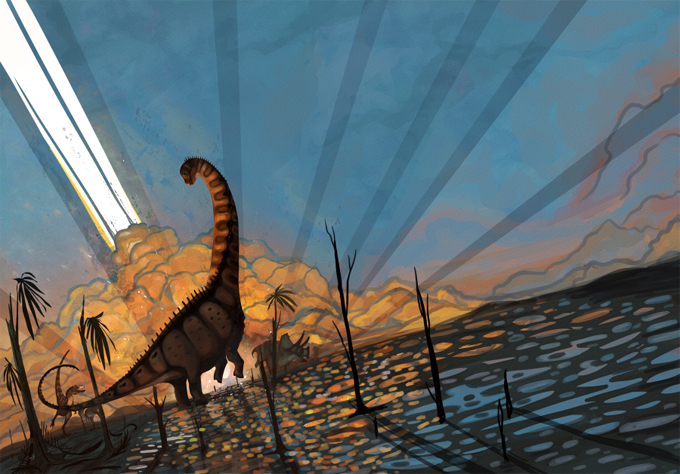

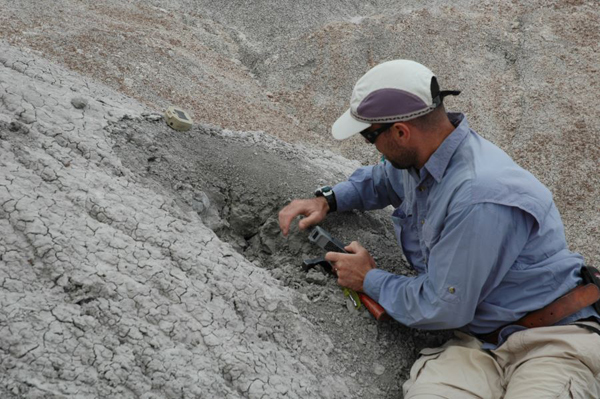
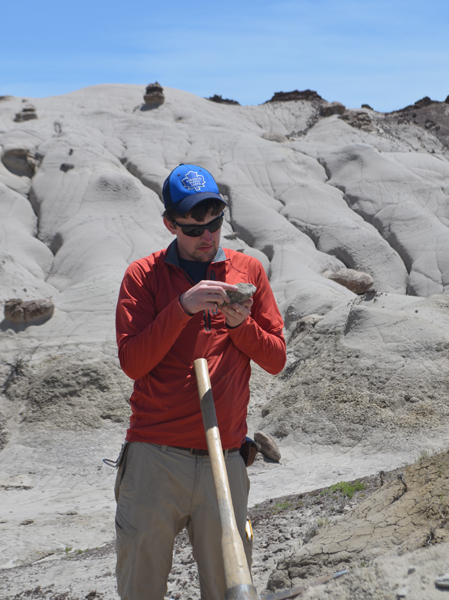
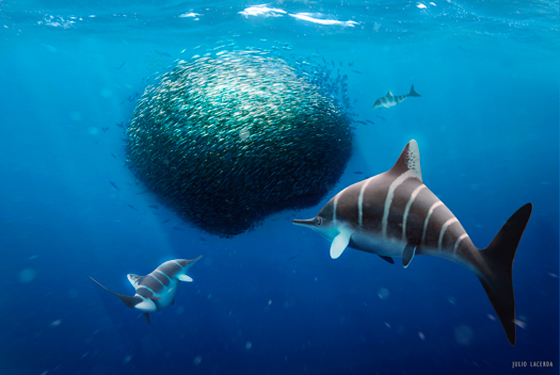
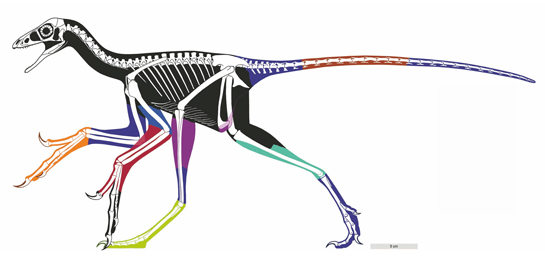
Leave A Comment